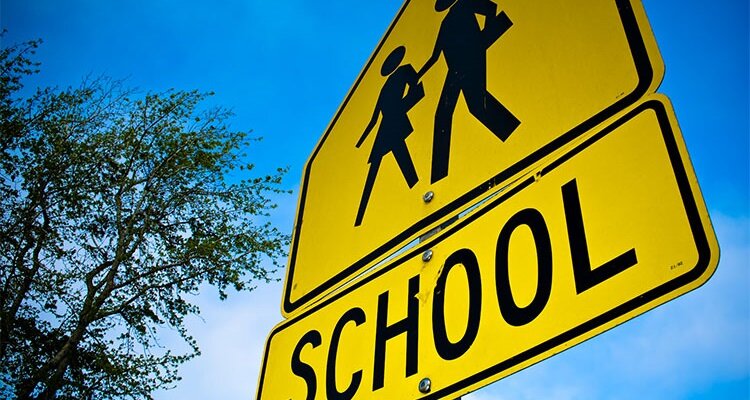Resuming in-person elementary school learning is de Blasio’s smartest decision yet
December 10, 2020
Bringing back the students to New York City public elementary schools is the best idea that Mayor Bill de Blasio and Public Schools Chancellor Richard Carranza came up with so far since the beginning of the coronavirus pandemic.
The absurd and complicated “blended learning” plan largely confused parents and students, while also making things harder on teachers who were left to teach partial in-person classes and remote classes each week.
While it would be fair to say that de Blasio and Carranza have been trying their hardest to do what they genuinely think is best, which should be acknowledged and appreciated, their decisions have arguably not been the right ones.
By this point, it would make sense to have schools become completely remote for all grades and then re-evaluate students, teachers and faculty members on a month-to-month basis to see if things were safe enough for schools to reopen.
District 75 schools — which teach learning disabled students from all ages — could have been kept open even while all other schools were closed, since it is significantly challenging to teach people with learning disabilities through a screen.
Instead, the city delayed opening for a few weeks and then began the weird and convoluted blending learning program where some students, whose families opted out of in-person learning, were all remote and others went back for two or three days a week.
Depending on the rate of COVID-19 cases in each school district, some schools were shut down from in-person instruction temporarily, like P.S. 207 and P.S. 222 in Marine Park, Brooklyn. These schools stayed closed more than they were open in these past three months since the school year began.
Thus, the plan to focus all of the Department of Education’s energy on just elementary schools for the time being and keeping middle and high schools remote seems like a good one.
Not only do younger children benefit more from in-person school both educationally and socially, but they are also the ones that need the most help while at home.
It’s hard for parents to work and help their little kids through remote learning at the same time, as primary school-aged kids are often needy and, through little to no fault of their own, illiterate.
Let’s face it. A person can’t do remote schooling completely on their own and not know how to read because, as The New York Times put it, “Every aspect of remote learning, from signing in to completing assignments, requires basic literacy.”
Additionally, younger children can’t be left home alone unlike older kids, so parents either need to be home with their young children while they are remote learning or find some place for their kids to go during the day.
For these reasons, if any group of students should go back, it is elementary school students.
However, even more important the reasons just stated, the most important factor in sending elementary kids back into classrooms is that they are the least likely group to contract and spread COVID-19.
It definitely is possible for young children to catch the coronavirus and to spread it, but it’s less likely for this to happen with elementary-aged kids than it is for tweens, teens and adults. The older someone is, the more likely they are to be affected by the coronavirus.
“What we’ve learned is that, unlike adults, elementary school students actually follow the rules, and actually have been really good at wearing their masks and adhering to physical distancing, and are really grateful about having school,” American Federation of Teachers President Randi Weingarten told The Times. “The fact that young kids follow the rules and pedagogically need in-person education is a good news story.”
So, not only would students and their families benefit by having elementary children going back to school, but it’s also not a particularly unsafe option.
The idea of sending students from pre-kindergarten through fifth grade back to school for five days a week is also a great idea, because it makes things less confusing.
With blended learning, parents have to keep track of which days their kids are going to school in-person each week, and they have to keep track of what time the kids have to log on for remote learning on the other days. Therefore, this alternative would both help the parents and the kids.
The city already lets the bars, restaurants, salons, barbers, stores, malls and so many other establishments open during the pandemic so that people can make and spend money. However, it’s time the mayor understands that our children’s education, social lives and futures are far more important than letting people get drunk during a vicious and lethal pandemic.








